Search Results for 'Gaelic League'
18 results found.
Public lecture on Colm Ó Gaora's revolutionary, Republican life
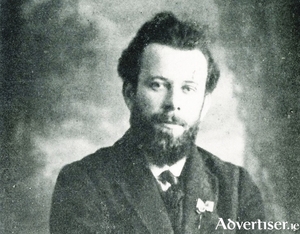
COLM Ó Gaora may not be as well known as other figures from that extraordinary period of Irish history between the foundation of the IRB and the creation of the Irish Free State, but he was an important figure nonetheless.
Thoor Ballylee - The perfect home for a poet
In August 1896 WB Yeats and his friend Arthur Symons went on a tour of the west of Ireland. The poet was 31 years of age. They stayed with Edward Martyn at Tulira Castle, Ardrahan, visited the Aran Islands, and Yeats made his first visit to Lady Gregory at Coole Park.
Frenchwoman passing on her love of Irish
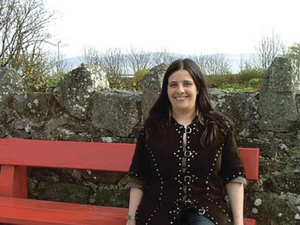
It is certainly an unusual circumstance where a Frenchwoman ends up in the Connemara Gaeltacht teaching music and languages through Irish. But that is exactly what Batsheva Battu did. The 31-year-old is not just fluent in Irish, English, and her native French, she has also spoken Italian since she was 11 years old and is in the process of learning Welsh.
Colourful Gogarty escapes death by a whisker
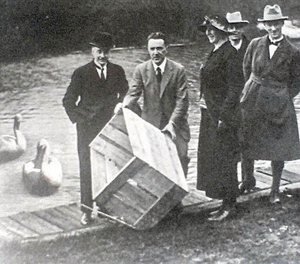
A precocious and cleverly witty Trinity student in a yellow waistcoat, Oliver St John Gogarty, was to become a close friend of Sinn Féin's founder Arthur Griffith. At its first historic meeting, November 28 1905, Gogarty proclaimed against the 'tyranny of the British government', in the grand manner of a Cicero addressing the Roman senate. But so moving and compelling were his words that when Griffith reported the meeting in his newspaper The United Irishman, Gogarty's speech was the only one he quoted. And he did so at length.
The enigma of Bulmer Hobson
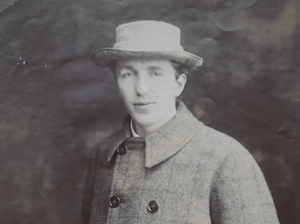
ONE OF the more positive aspects of the wave of new books being published on the 1912-1923 period in Irish history is that it will fully explore the events leading up to, during, and after the 1916 Rising. Not only this, but for the first time, the lives of many enigmatic men and women who a played vital - and often dangerous - part in the fight for Irish Independence, but who have been airbrushed out of history, will be recorded in full.
The Conradh na Gaeilge Oireachtas and Ard-Fheis held in the Town Hall 1913

Conradh na Gaeilge, also known as the Gaelic League, was founded by Douglas Hyde and Eoin McNeill in July 1893. Their aim was to keep the Irish language alive and preserve the Gaelic elements of Ireland’s culture. It was open to all creeds, was non-political, and accepted women on an equal basis. It used a broad approach, organising classes and competitions in Irish music, dancing, literature, and games. After a sluggish six years in existence, it suddenly morphed into a mass movement.
Galway camogie
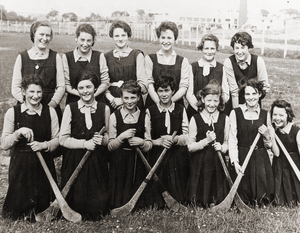
We know from the old sliotars on exhibition in the folk museum in Turlough near Castlebar that the game of hurling has been played for many centuries, but what of the game of camogie? Two prominent Irish language enthusiasts and cultural nationalists, Máire Ní Chinnéide and Cáit Ni Dhonchadha, were credited with having created the sport while a brother of Cáit, Tadg, was the person who drew up the rules in 1903. So there was always a male presence within the administrative ranks of the sport. The game emanated from the Gaelic League and was dependent on the structures and networks provided by that organisation during the initial expansion of the sport. It was also closely linked with the GAA.
The lonely boy who landed on our shore
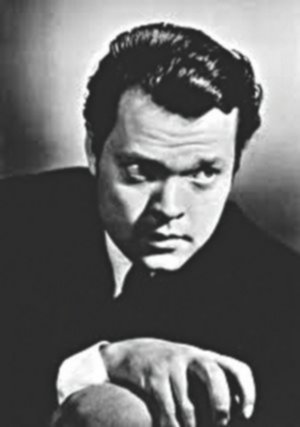
It is possible that when the 16 years-old Orson Welles embarked from the SS Baltic in Galway Bay in August 1931, he visited the Taibhdhearc theatre. In any event, he struck up a friendship with a Galway actor. Two months later he visited the Gate Theatre in Dublin, and went backstage to see his friend. Clearly impressed by what he saw, he left a note for its founding partners, Mícheál MacLiammóir and Hilton Edwards, boldly proclaiming ‘Orson Welles, star of the New York Theatre Guild, would consider appearing in one of your productions, and hopes you will see him for an appointment.’
Achill’s champion, Eva
THE IRISH cultural landscape towards the end of the 19th century was in a state of powerful transformation. While the period directly following the Act of Union in 1800 may have represented the best era of civil government in British/Irish history, it also saw Ireland being stripped of its political capital leaving it open to the economic failure that resulted in the Great Famine.
A blind poet’s love for Mary Hynes
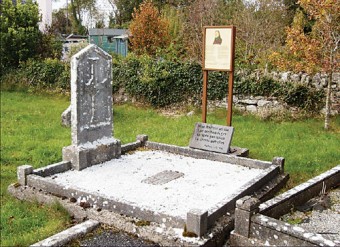
South Galway still echoes with stories of Antoine O Raifteiri , and 18th century blind poet and fiddle player in the ancient bardic tradition. His best known poems are probably Cill Aodain, and Anach Cuan. He never wrote his poems down, but they were collected by Douglas Hyde, and Lady Gregory, from those whom he taught them to, after his death.

